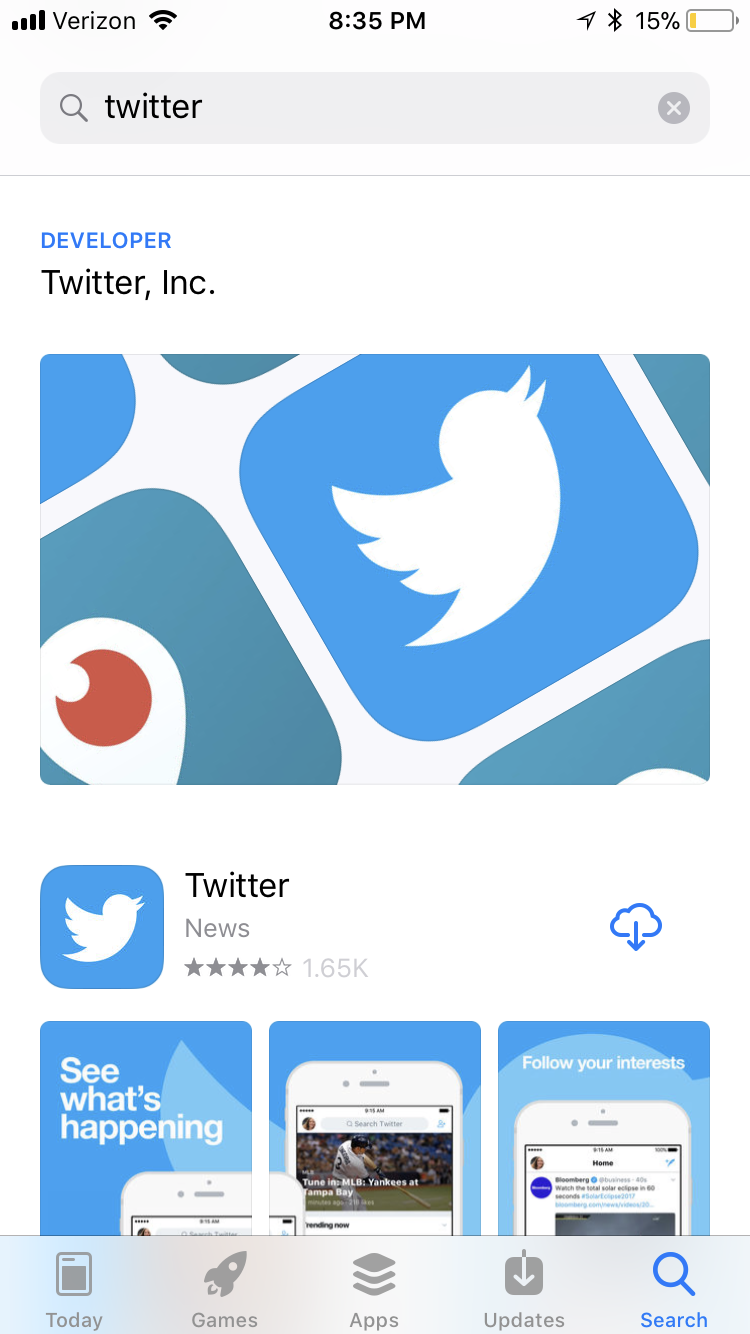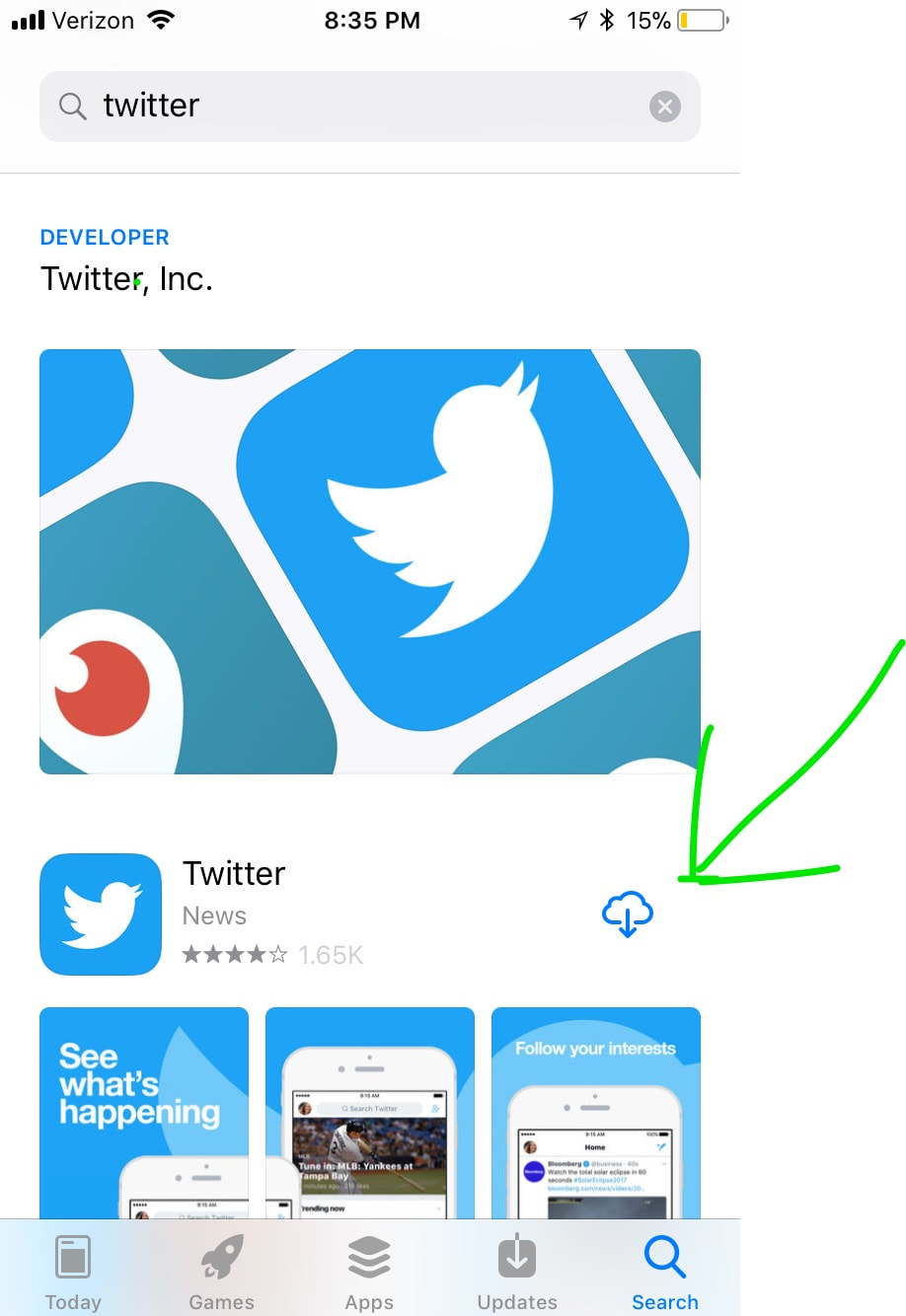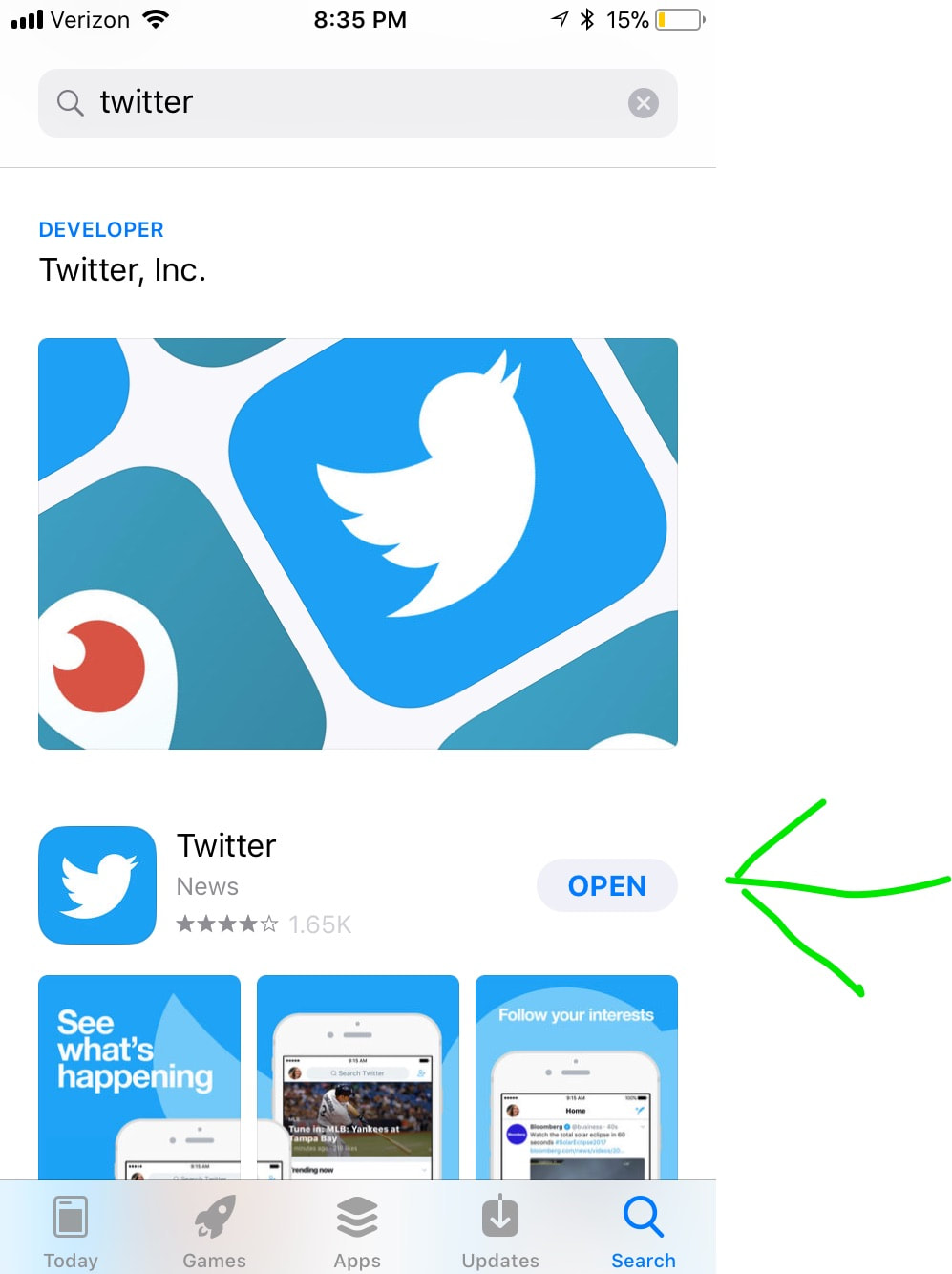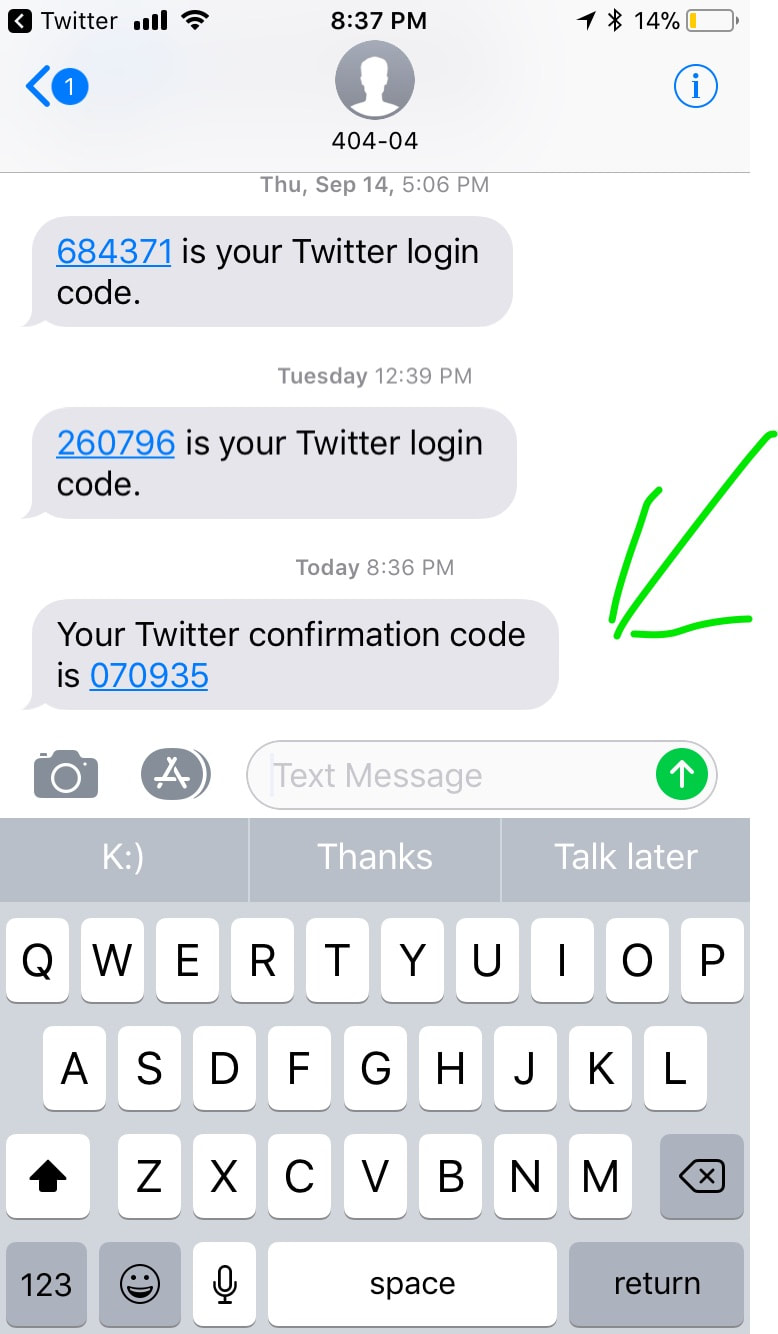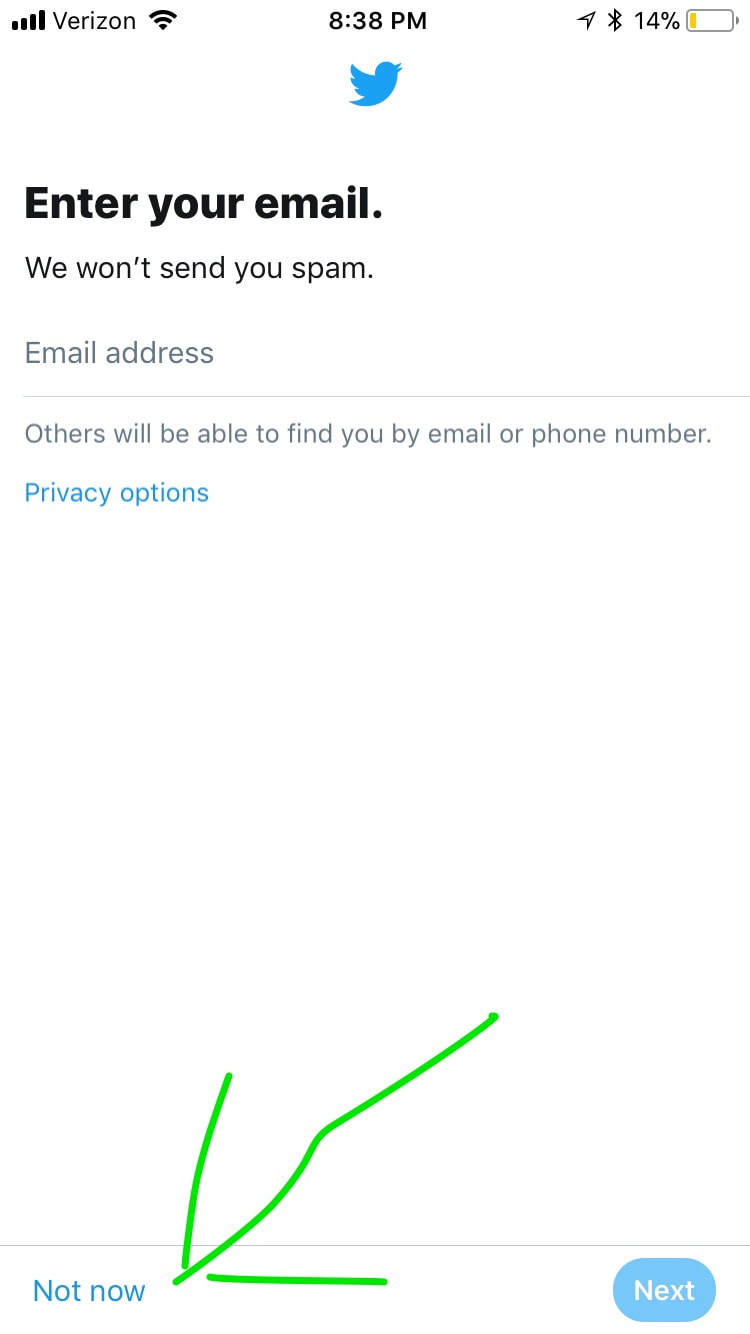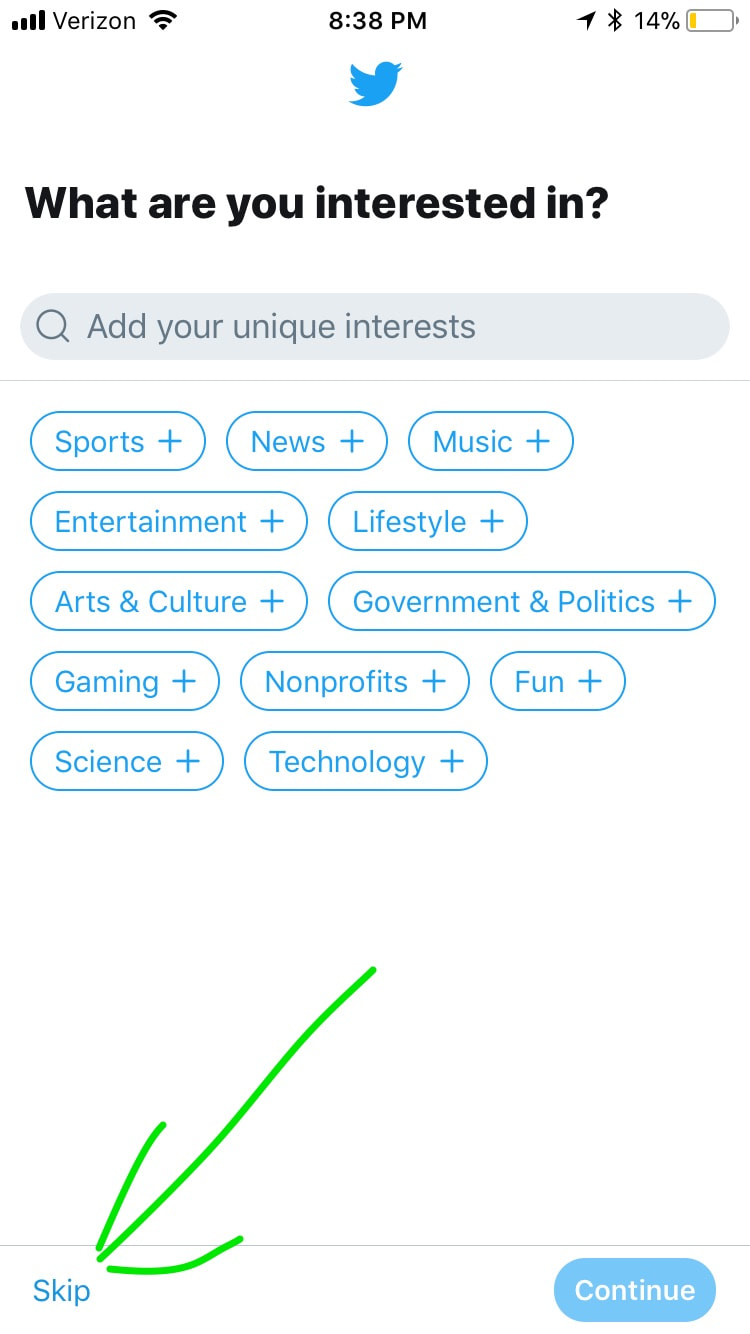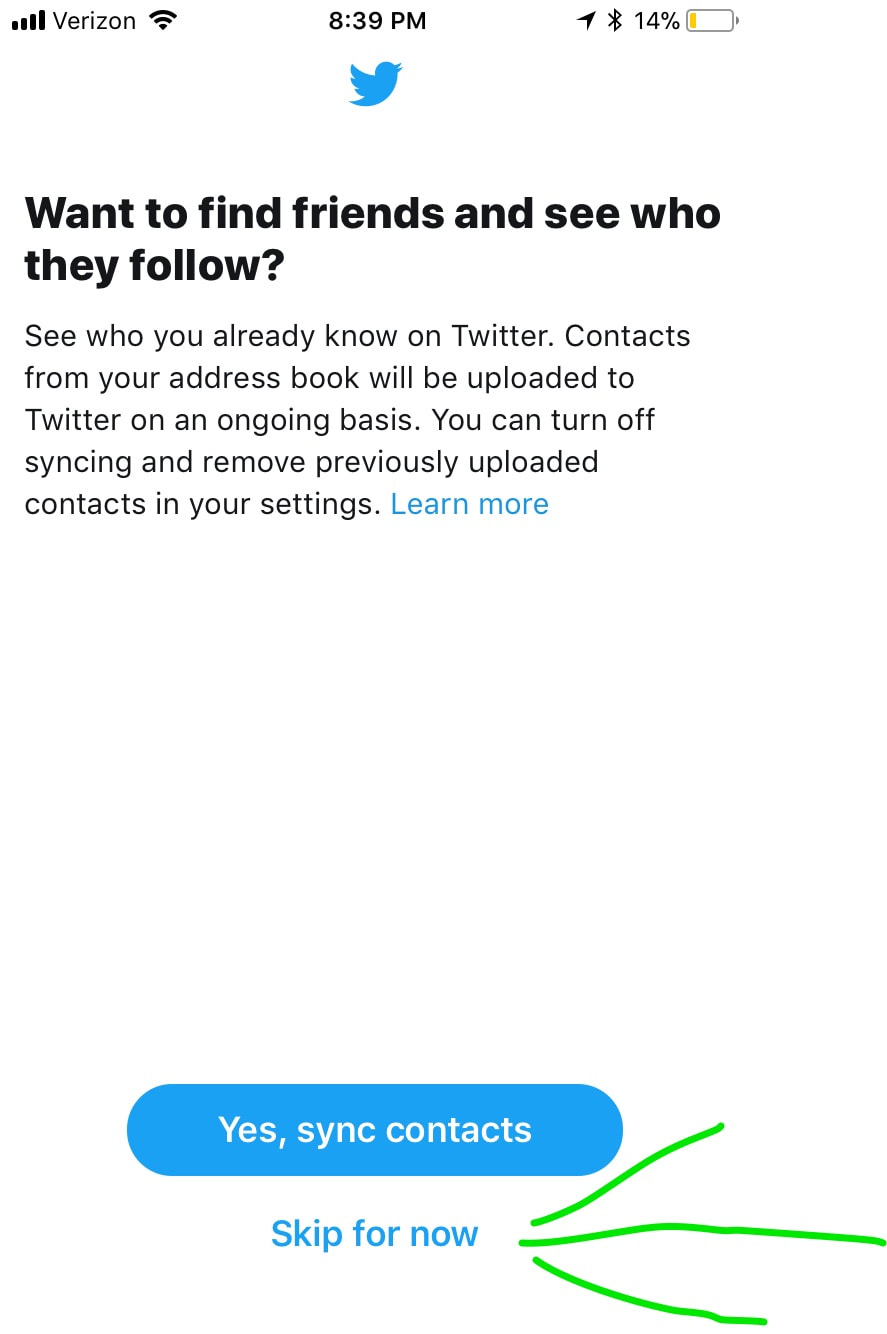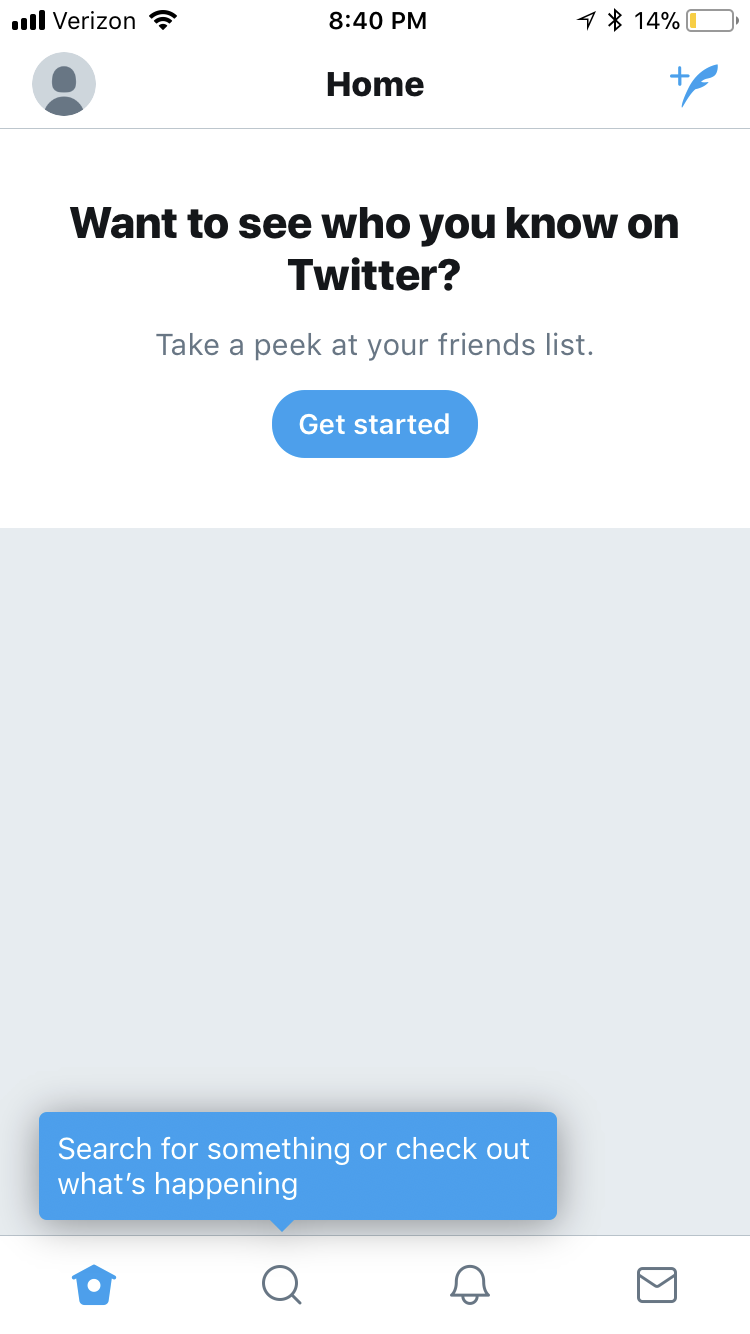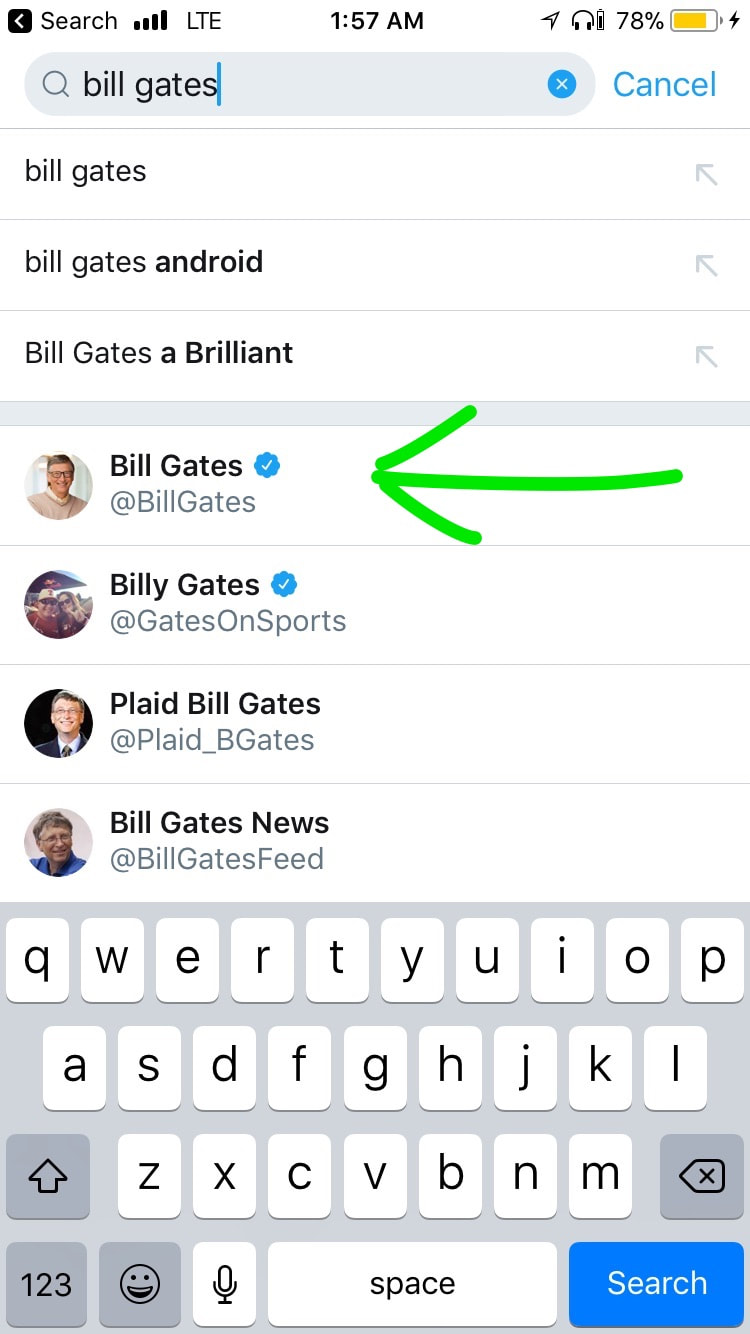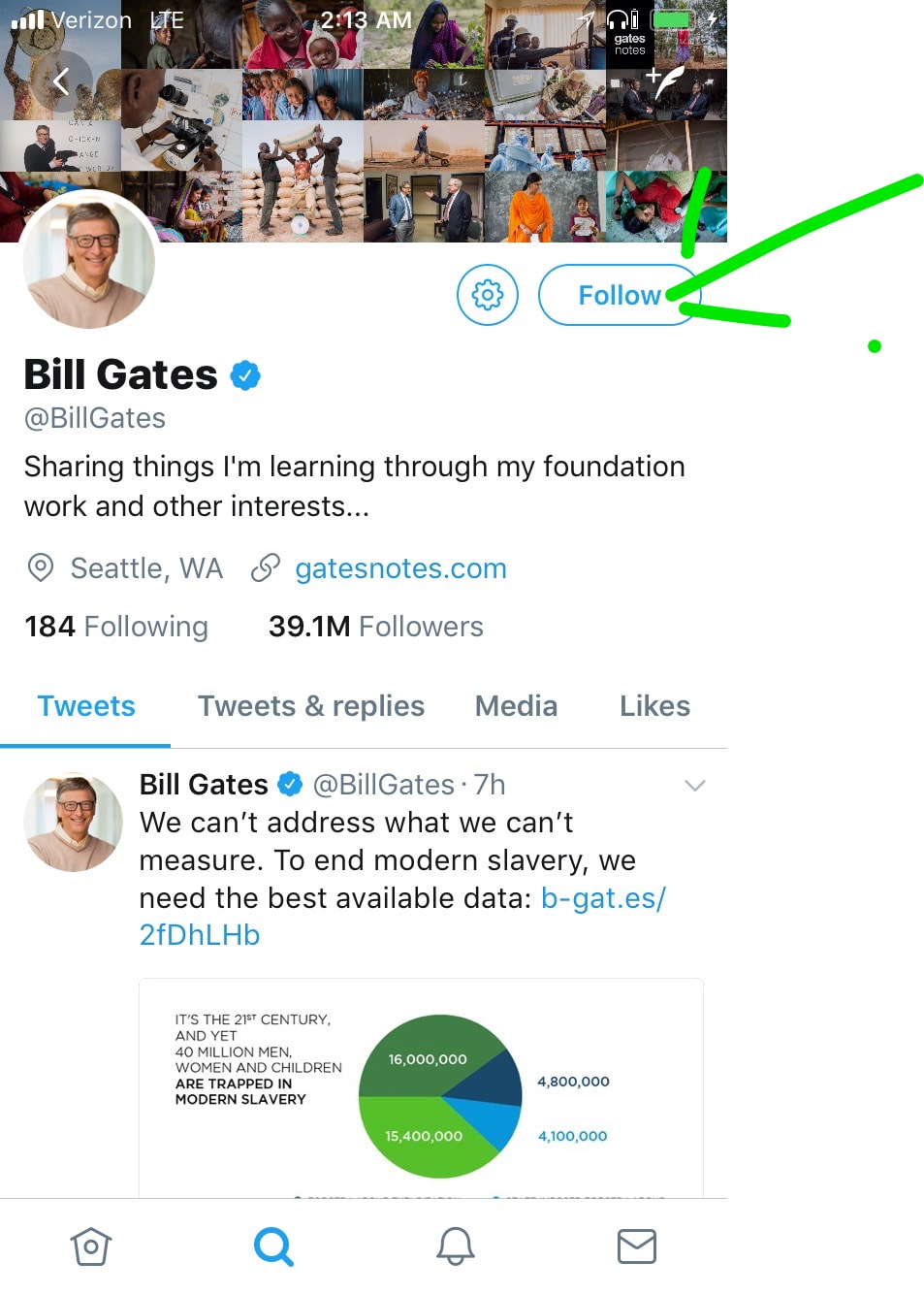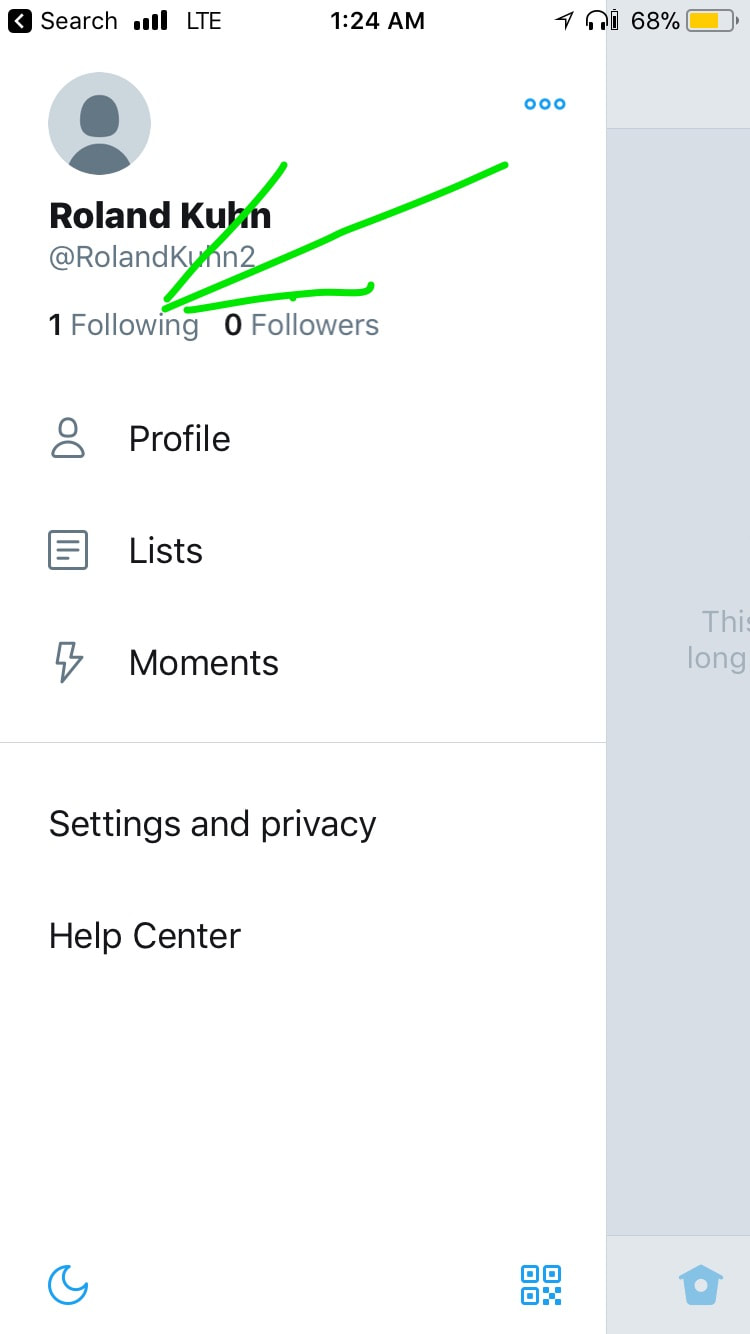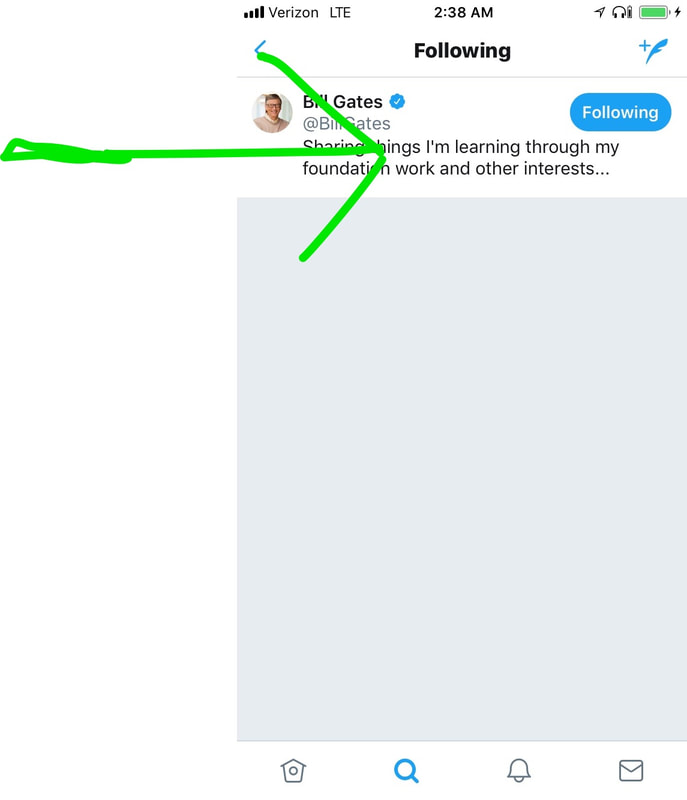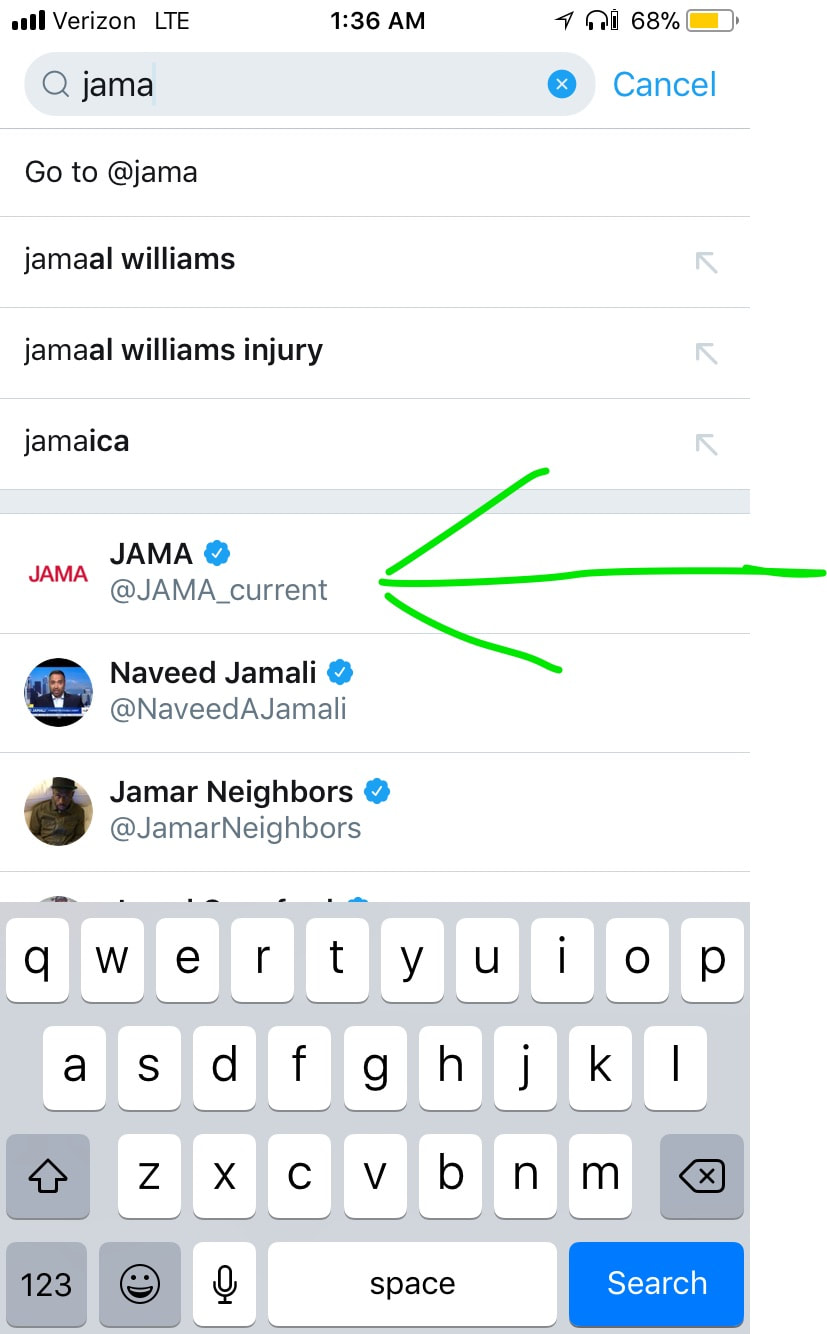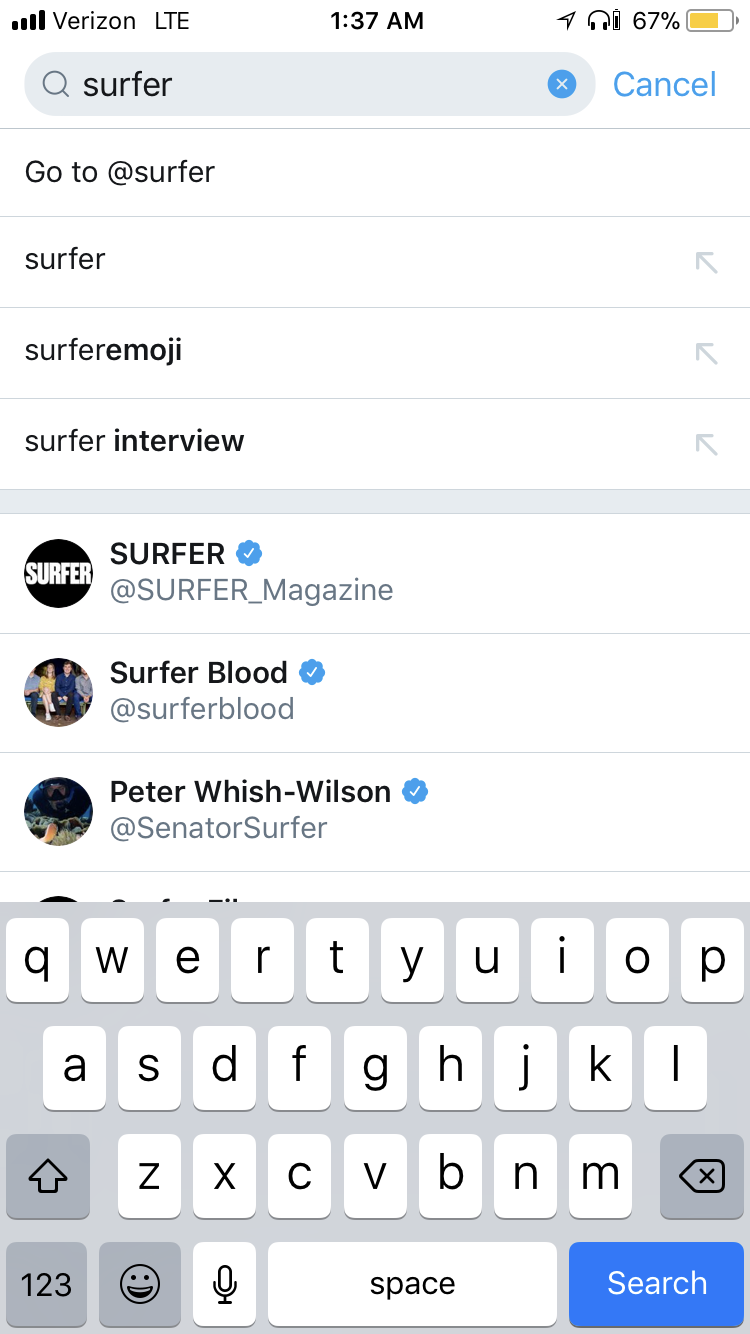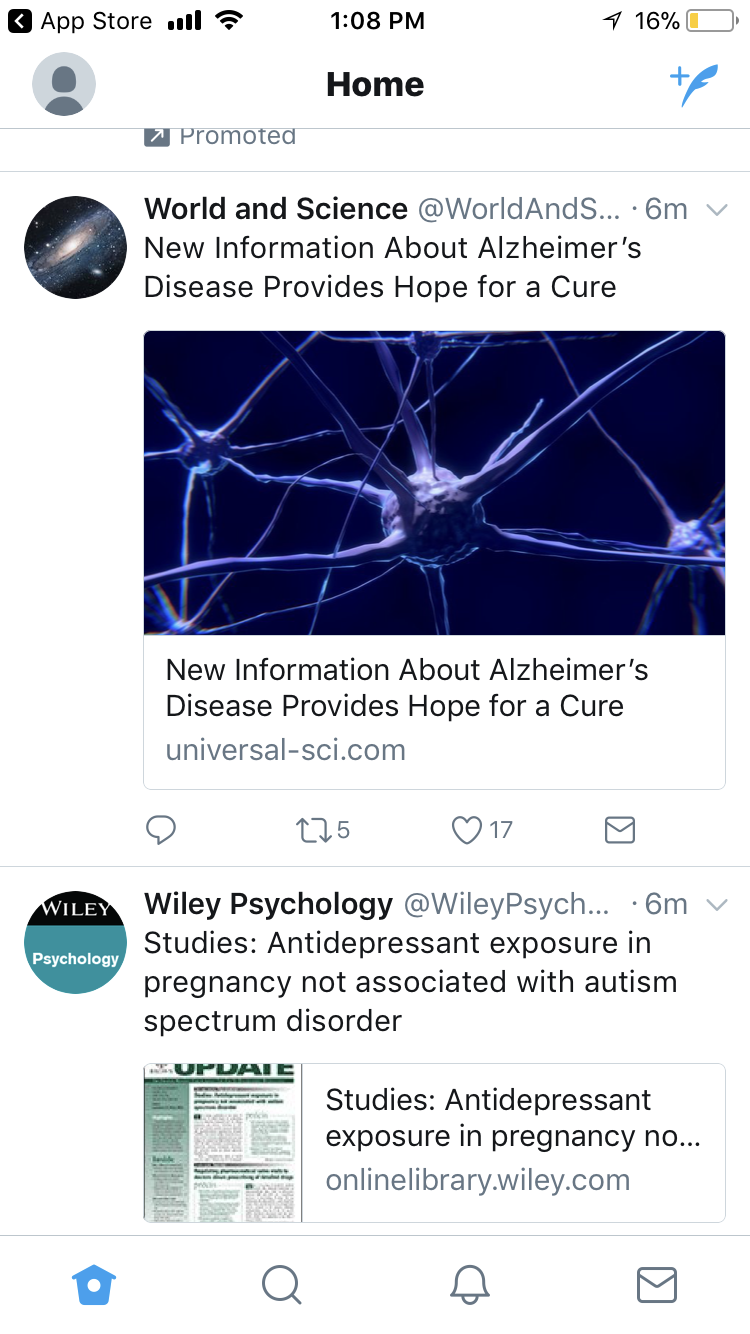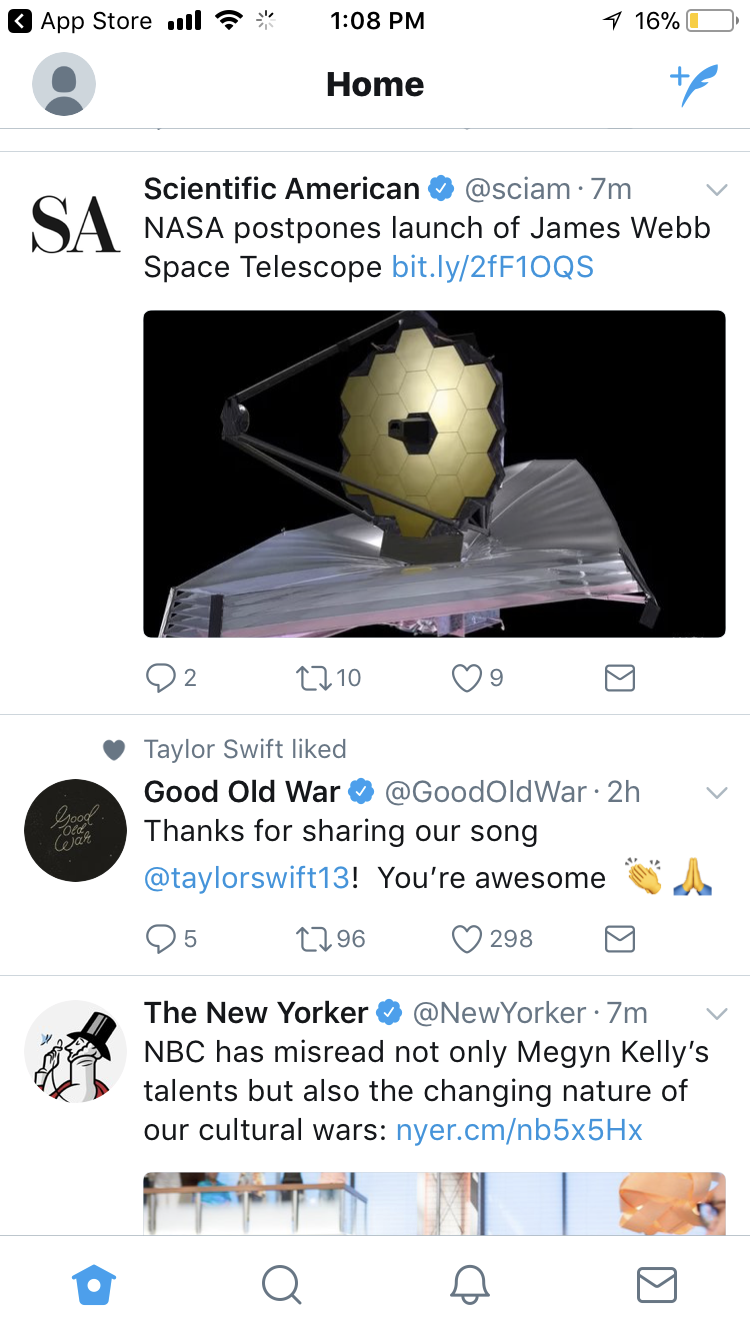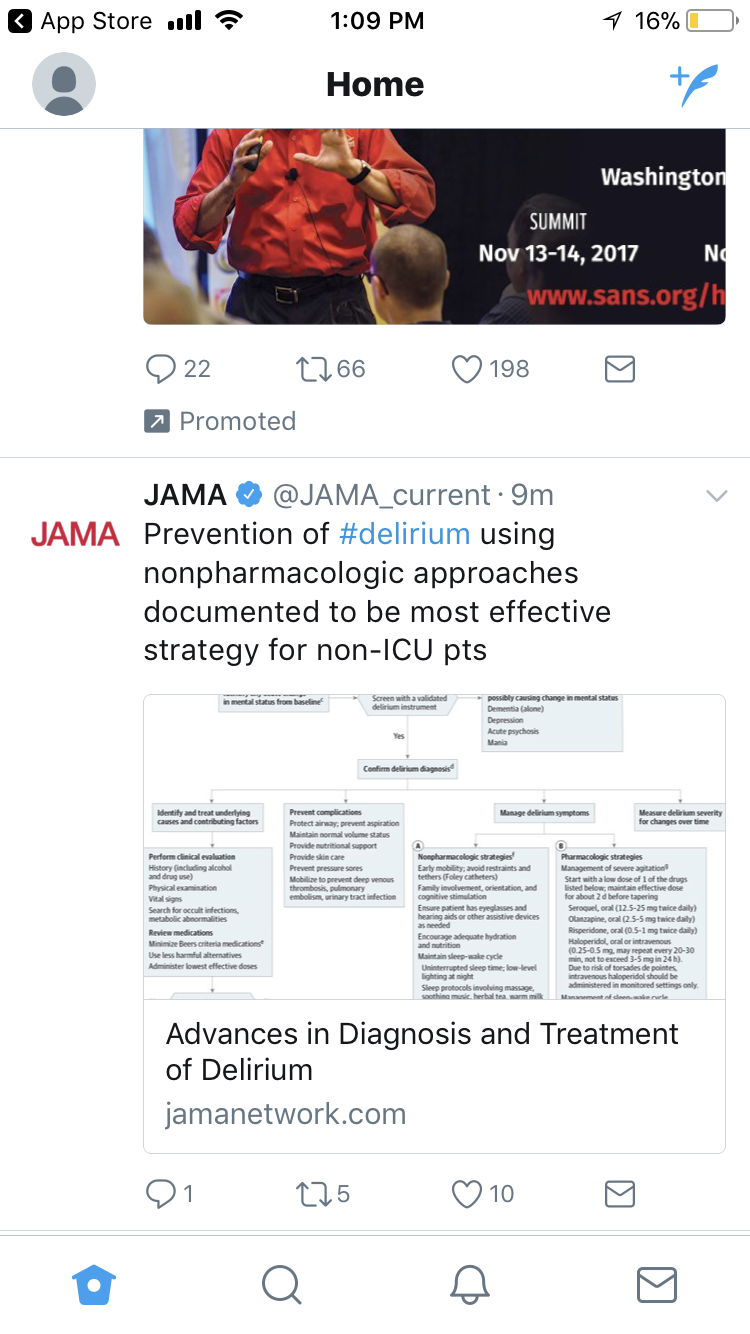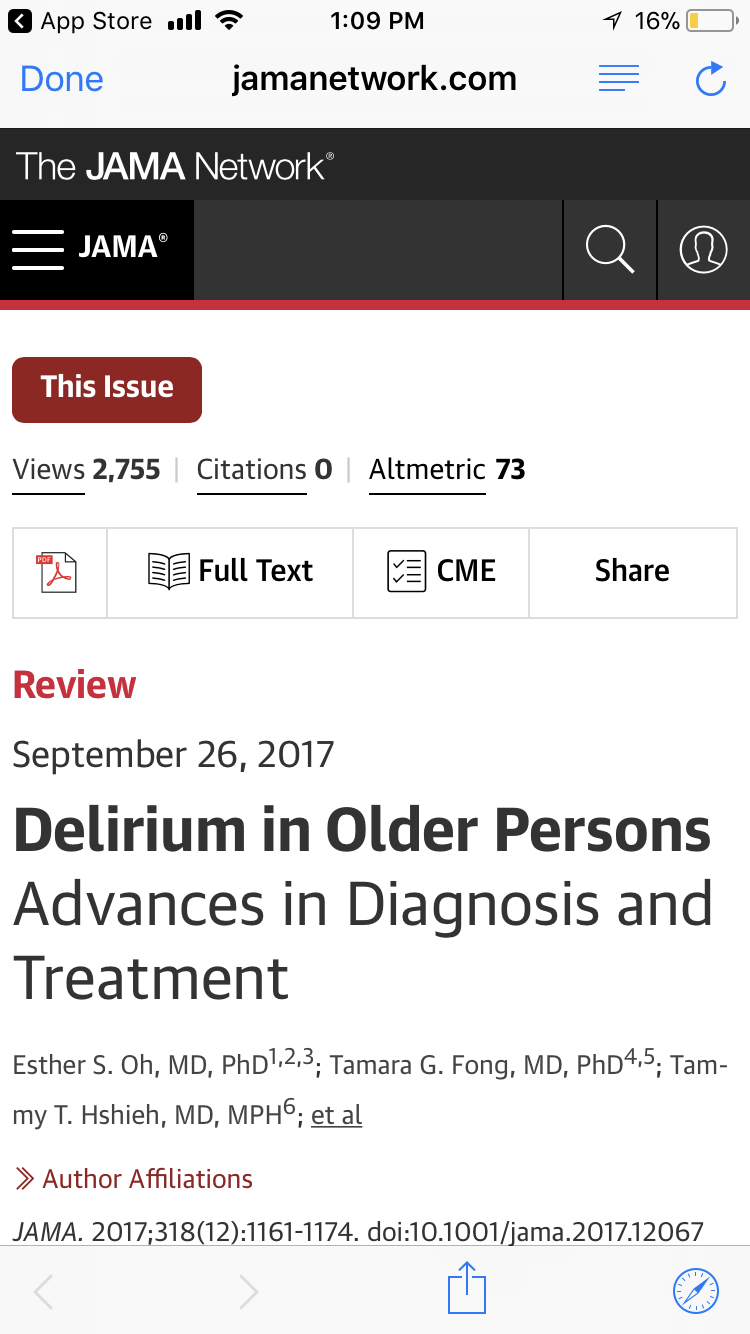How to Use Twitter to Learn Medicine
"You’ve got a job to do. Nothing else."
Coach Taylor, Friday Night Lights, Season 1
To be a good/competent doctor, you have to 1) recognize what you don’t know; and 2) seek to learn more about it.
You can now use, Twitter, a data-rich, real-time social media platform to facilitate this.
Here is how to do it on an iPhone:
First go to the App Store on your phone and type Twitter into the search bar.
You can now use, Twitter, a data-rich, real-time social media platform to facilitate this.
Here is how to do it on an iPhone:
First go to the App Store on your phone and type Twitter into the search bar.
Use your finger to tap on the iPhone app download symbol illustrated below:
When the word OPEN appears, tap on it:
Then tap on the "Get started" bubble below:
Fill in your name and telephone number on the next two screens. Then you should receive a text message with a code to verify your identity that looks like this:
Next protect your privacy, identity, and sanity by not entering your email address:
Curate your Twitter account by also skipping this next step:
Continue to curate your Twitter account by skipping the next step:
Keep doing this - curating = skipping - until you reach the page below. Then click on the search icon in the menu at the bottom of the screen:
Skip the next step. Then click on the “Find people to follow” bubble below:
Add people who have ideas that blow you away!
Initially limit the number of these people to 20. To help find your 20 people, first put in the name of a favorite and famous intellectual, artist, or athlete. Below the search box, you should see a name that matches this person. Tap on it.
Next tap on the "Follow" icon:
After the Follow icon changes to Following, tap on the search icon again in the bottom left corner of your screen, and it should bring you back to your home page. Then tap on your own icon (= the person symbol in the upper left corner of the screen). You should arrive here:
Tap on the word “Following,” as illustrated above.
Then tap on the profile headline of this person as illustrated below:
Tap on the word "Following" again (see screenshot below).
Then you will have access to the profile of the person you are following, and you can tap on their followers and choose to follow them. This generates a new curated list, which has a high probability of linking you to other people with awesome ideas, views, and voices (i.e. the Amazon heuristic)::
Now click on the search icon again. Add journals in your field of medicine or journals that will increase your general medical knowledge. To do this, tap on the search icon and type the journal name e.g. JAMA below. You can then tap on the "Follow" icon. I recommend doing this for 5 to 15 journals.
Now mix it up with journals or magazines that you read for pure pleasure or to kindle your imagination and intellect:
Now for why you should actually use Twitter rather than relying only on PubMed.
The following randomly selected screenshots from my private Twitter account reflect the diversity and the quality of the educational content on Twitter:
If I decide to click on the New Yorker link above. I will be immediately transported to the full content of the article (free!):
After I read the article, when I go back to my homepage there will be new twitter feeds::
Sweet, JAMA on the prevention of delirium. That’s something I see all the time in my work, and I'd love to know 1) if there are emerging, novel treatments; or 2) standard of care diagnostic processes and treatments that I can learn more about.
If I tap on the JAMA icon, it will take me here:
Now I am reading an awesome review article from JAMA (an expensive and highly esteemed journal) again for free, and I’ve chosen to power through it because my mind is relaxed after the New Yorker article.
That’s it. You've seen how to learn medicine on Twitter.
When you configure your Twitter account, curate the people and the literature you follow until you have the right mix of medical reading, relaxing reading, and stimulating reading.
You will be using a positive reinforcement process, meaning that your Twitter configuration will increase your behavior of reading and learning about medicine by intermittently mixing medical literature with other genres that have synergistically positive reinforcing properties.
